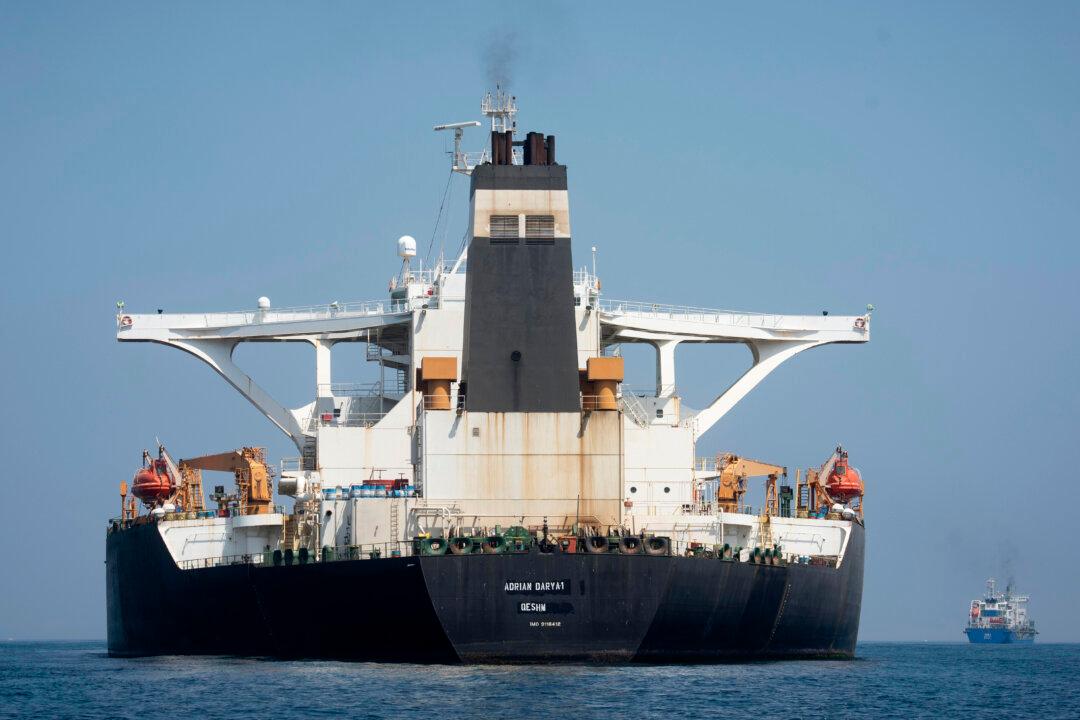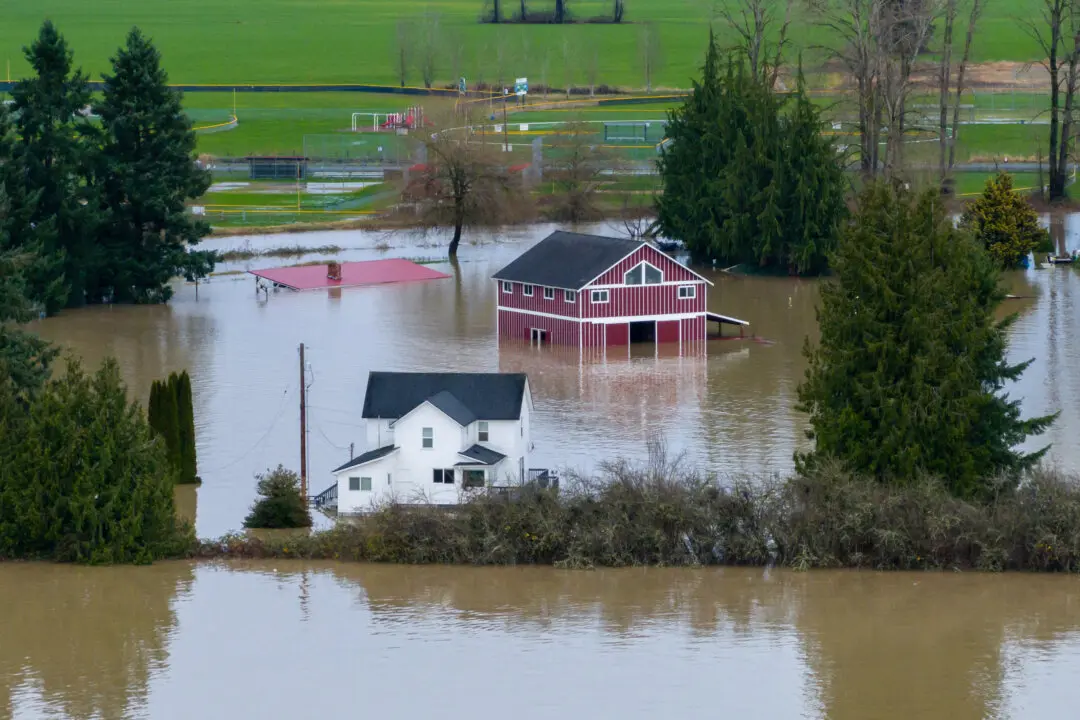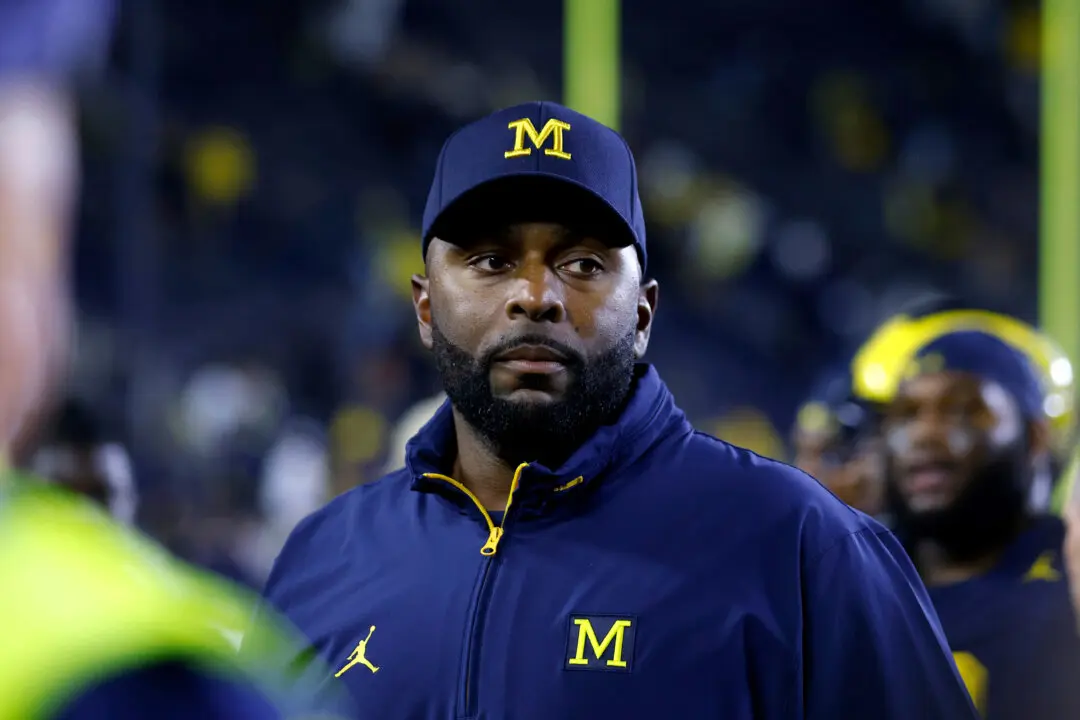An Iranian oil tanker blacklisted and pursued by the United States turned off its tracking beacon off the coast of Syria, leading to renewed speculation on Sept. 3, that its oil will end up there despite earlier assurances that it wouldn’t.
The disappearance of the Adrian Darya 1, formerly known as the Grace 1, follows a pattern of Iranian oil tankers turning off their Automatic Identification System (AIS) to try and mask where they deliver their cargo amid U.S. sanctions targeting Iran’s energy industry.





